Sunlight damages skin. Areas most exposed (the hands, forearms, face and neck) are the most damaged and this damage can lead to skin cancer.
Skin cancer risks
Anyone can get skin cancer. You are most at risk if:
- You have fair skin that burns easily and tans poorly.
- You have already had skin cancer.
- You have many moles, large moles or unusual irregular moles.
- Someone in your family has had melanoma.
- You have a history of high sun exposure and sunburn. Researchers now know that sun exposure and especially sunburn in childhood and adolescence significantly increases the risk of developing skin cancer later in life.
- Artificial sources of UV radiation, such as sunlamps and tanning booths, can also increase the risk of melanoma.
Signs of sunlight damage
Sunburn: this greatly increases your risk of melanoma even over a short period of time.
Solar keratoses (Sunspots):
- Appear as flattish, red scaly areas on sun-exposed skin, usually in the over-40 age group.
- Often have a hard crusty area which people often pick off, but the crust regrows.
- May sting if scratched.
- Are not a cancer but a warning that you are at risk of skin cancer.
Skin cancer
There are three main types of skin cancer:
Superficial basal cell carcinoma (sBCC)
- Is one of the most common and least dangerous type of skin cancer.
- May appear as a red patch, especially on the back, or more commonly a pale pearly coloured lump.
- Grows slowly over months or years and as it grows may become ulcerated – like a sore that won’t heal or one that heals and then comes back again.
- Is usually painless.
Squamous cell carcinoma
- May appear as a red, scaly patch or a lump below the skin that spreads under it.
- They often have a hard central lump made of keratin, the same stuff as your finger nails.
- Usually found on parts of the body most often exposed to the sun, eg. the hands, forearms, face and neck, on the rim of the ears or around the lips and mouth.
- Tends to grow rapidly over a period of months.
Melanoma
- Can occur anywhere on the body including areas not exposed to the sun such as soles of feet.
- Occurs most commonly on the lower legs for women and on the trunk (the area from the shoulders to the hips) or the head and neck in men.
- Often appears as a change in size, shape, colour or feel to an existing mole or as a new, black, abnormal or ugly-looking mole.
- May have an irregular shape and will be dark (almost black) in colour.
- Some melanomas itch, bleed or weep.
- Can spread very quickly to other parts of the body. Once a melanoma penetrates below the skin surface it becomes quite deadly.
- Finding a melanoma early is important as it can then be removed when it is thinnest and least deadly.
- Melanoma is the most dangerous skin cancer and New Zealand has one of the highest death rates from melanoma in the world.
Prevention and treatment
Most skin cancers are preventable – the main cause of them being over-exposure to sunlight, especially sunburn.
Being Sunsmart means being sensible about how and when you go outside into the sun. Remember the rule, Slip, Slop, Slap and Wrap;
1. Slip
- Slip into some shade especially if you are outside between 11am and 4pm when the sun is strongest and ultraviolet rays are most fierce.
- Wear protective clothing, eg. shirts with collars and/or longer sleeves or clothing with a UV protection rating.
- One layer is better than none; two layers are better than one.
- Use an umbrella or other portable structure to create shade.
- Take special care when near reflective surfaces such as snow, water and sand.
2. Slop
- Slop on some sunscreen at least 15 minutes before going outside.
- Use a broad-spectrum sunscreen with an SPF of at least 30 which meets the Australian and New Zealand Standard AS/NZS2604.
- Apply sunscreen to any skin not covered by clothes.
- Reapply it 15 minutes after the first application to ensure complete coverage, and again after swimming, towel-drying, or any physical activity.
3. Slap
- Slap on a hat with a broad brim or a cap with flaps. This will help protect the face and neck which are the parts of the body that get burnt the most.
4. Wrap
- Wrap on a pair of sunglasses. Choose close fitting, wrap-around glasses that meet the Australian Standard AS1067.
5. Check for skin cancer regularly
- Check your skin regularly for any changes.
- See your doctor for a regular skin checkup.
- Include skin not normally exposed to the sun such as your scalp, under your armpits, your inner legs, ears, eyelids, hands and feet, including the soles.
- Be especially vigilant if you are over the age of 50 and have worked a lot in the sun, eg. farmers.
- See a doctor if you notice any skin changes or are concerned about any area.
Protect yourself from the sun every day – even when doing daily activities such as shopping, walking, gardening or watching or playing sport and also on cloudy days as you can be sunburnt when you don’t expect it. UV radiation can’t be felt and therefore you may be getting burnt and not know it.






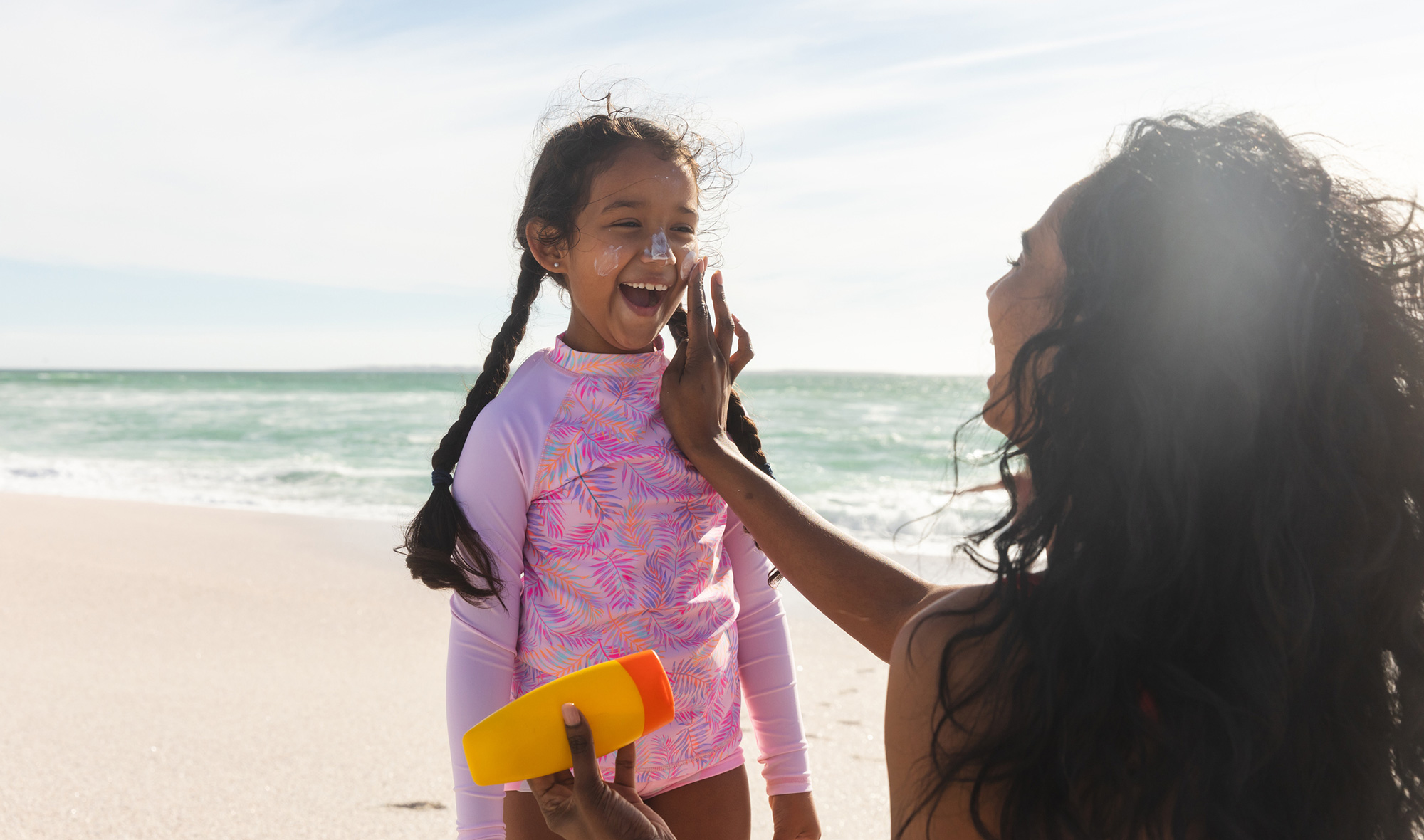
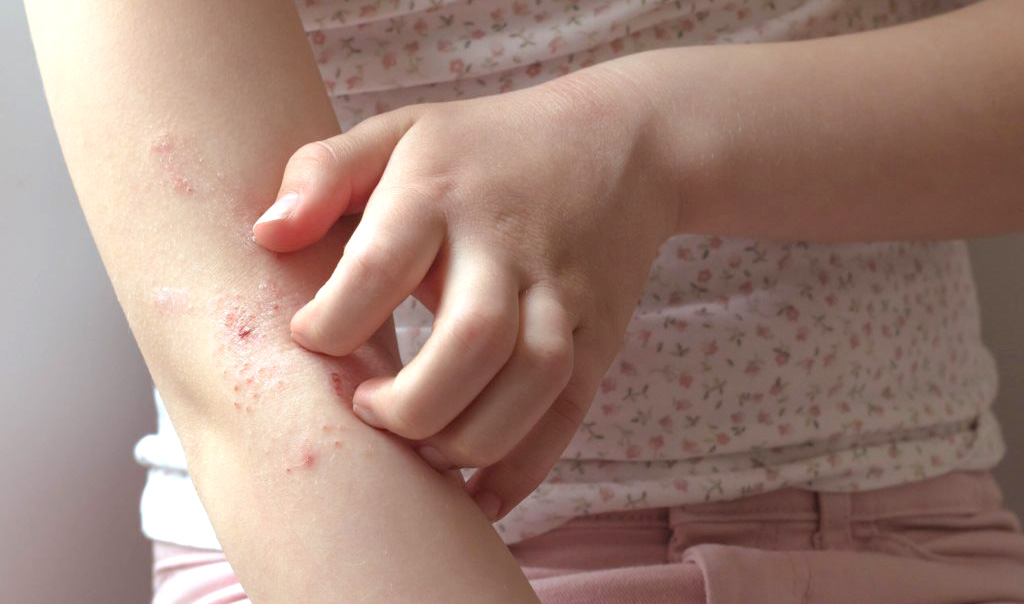
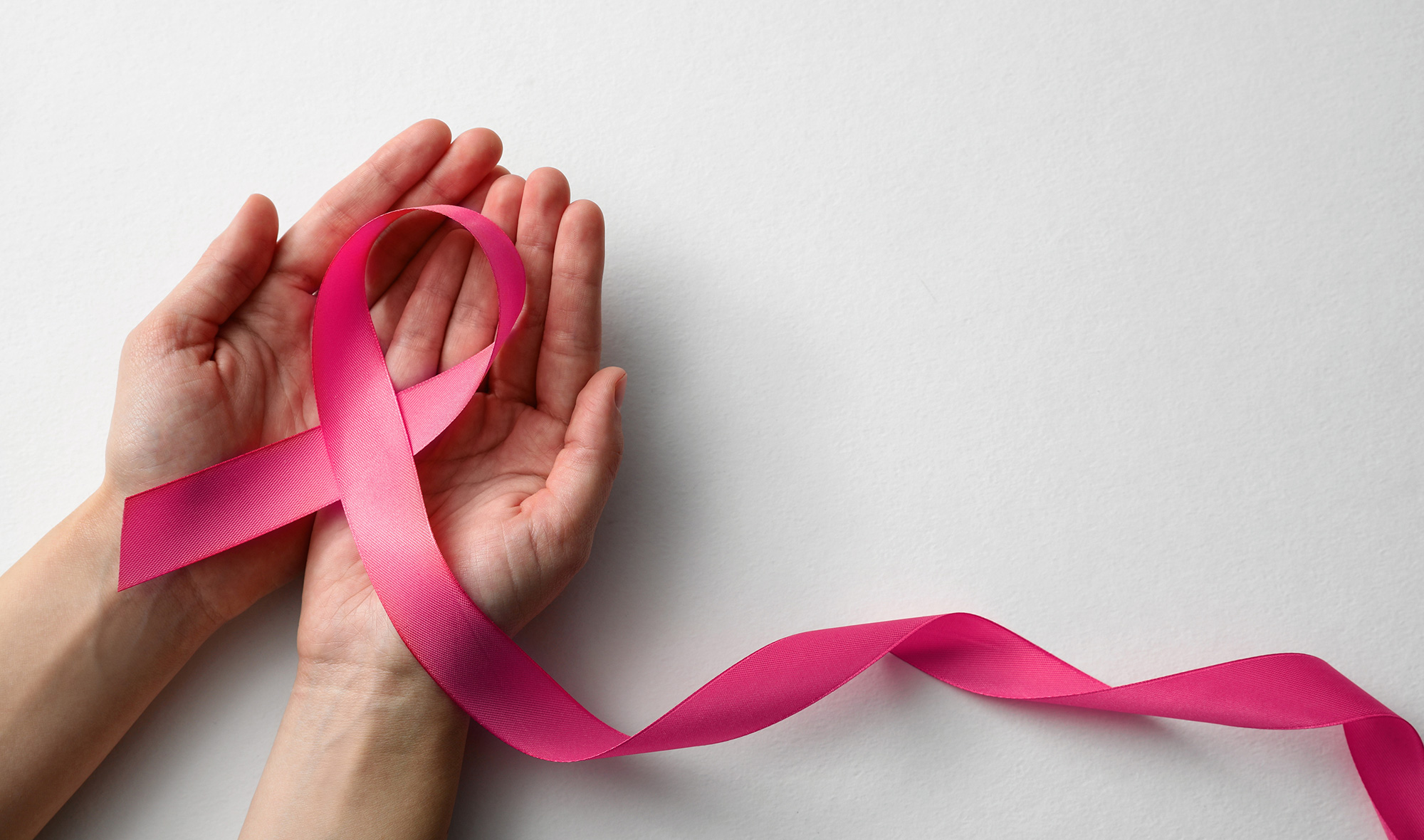
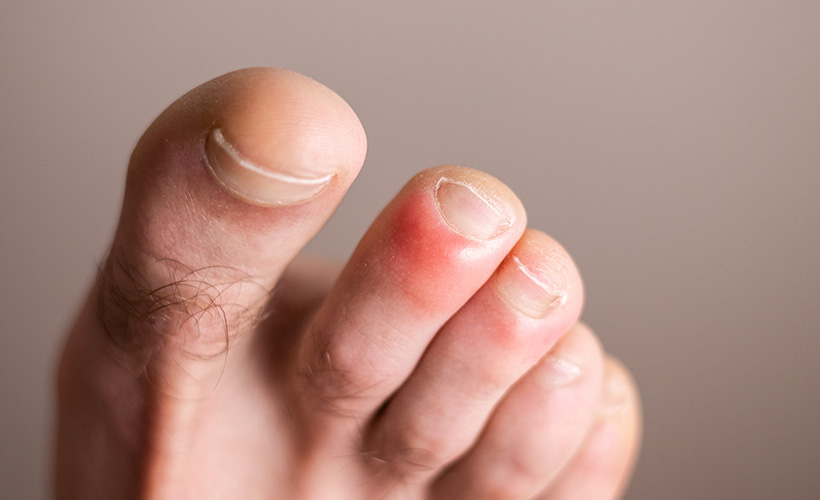
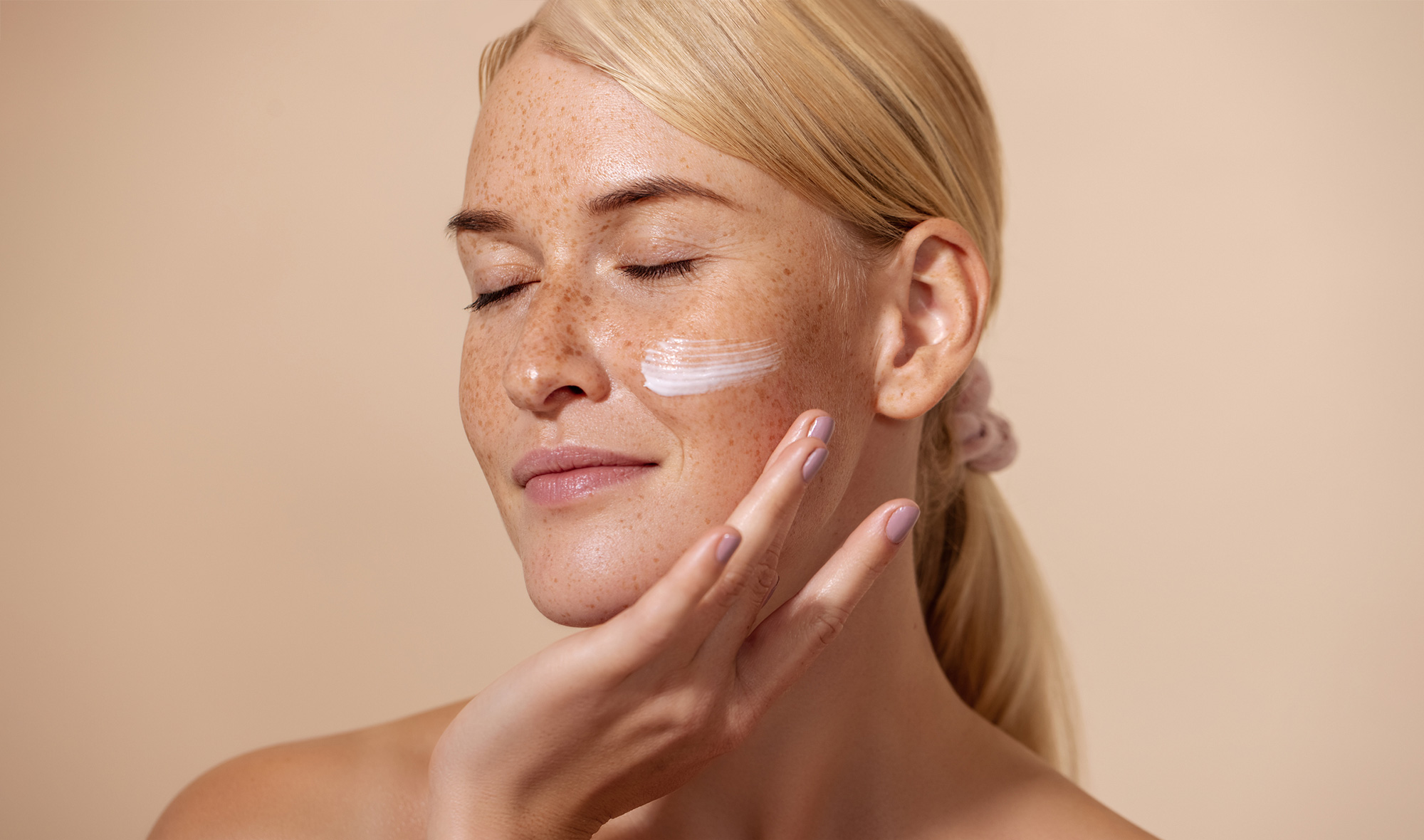



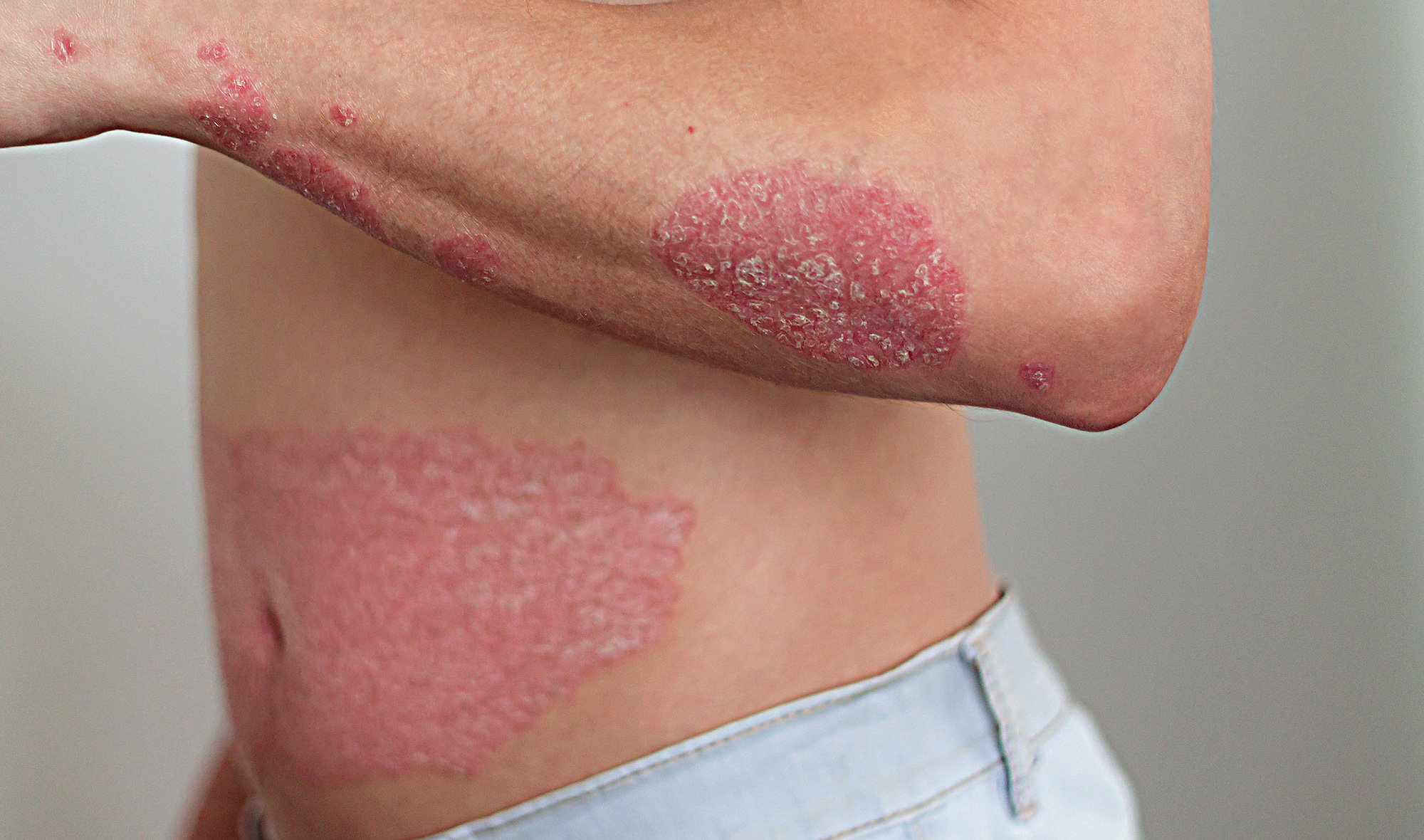


Community